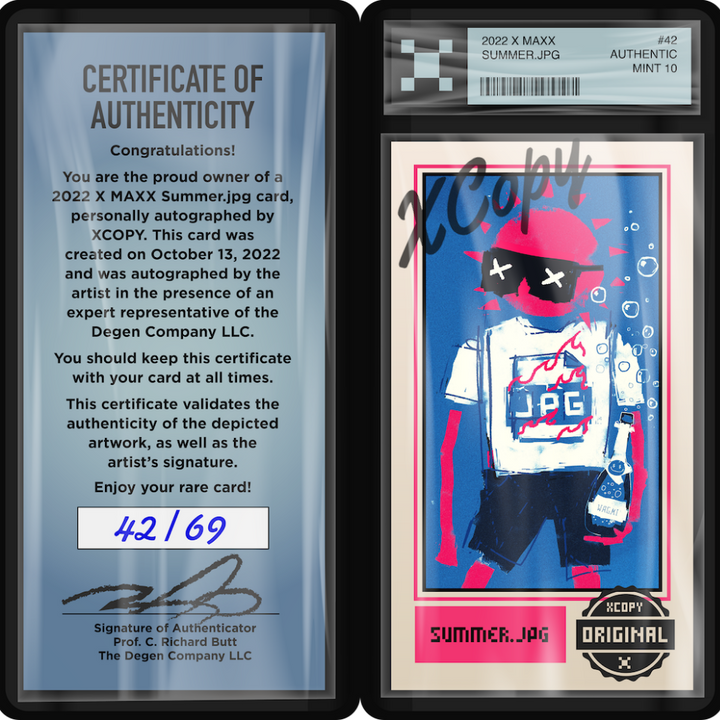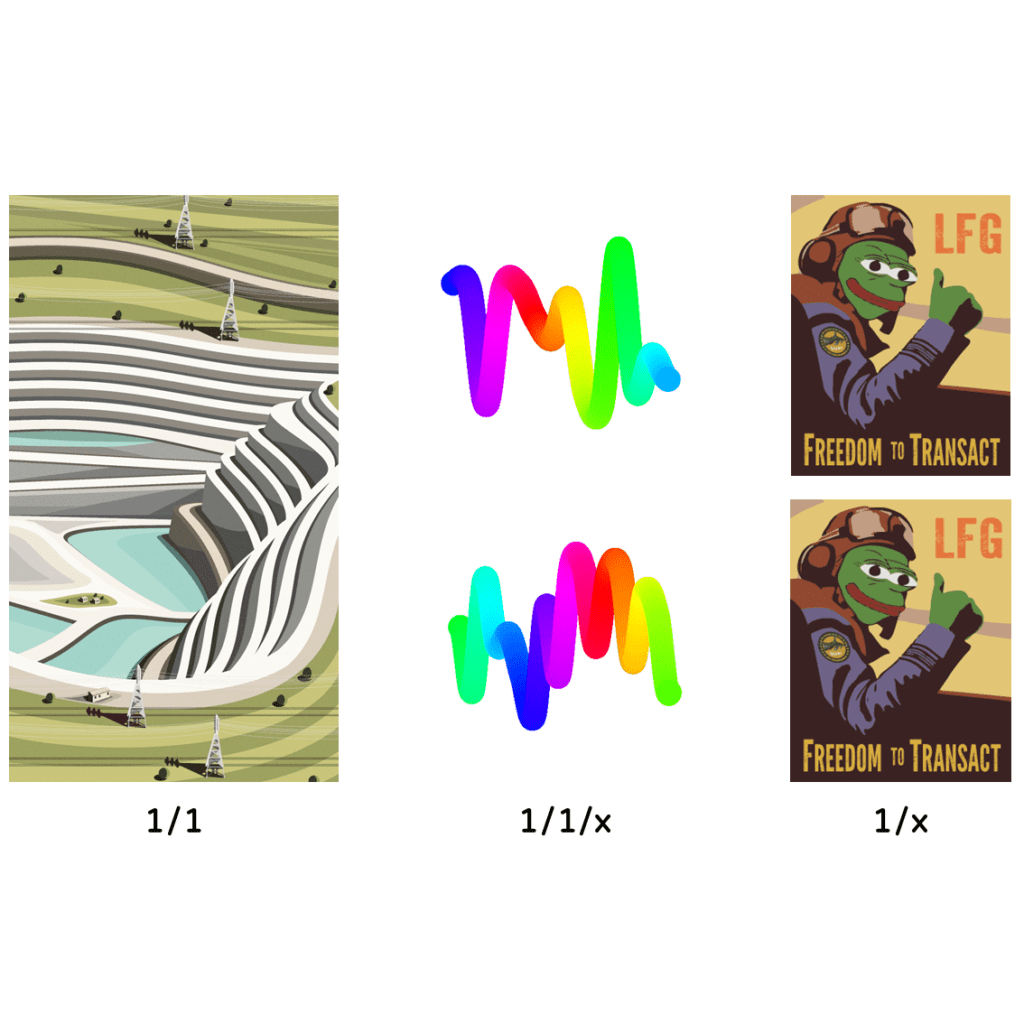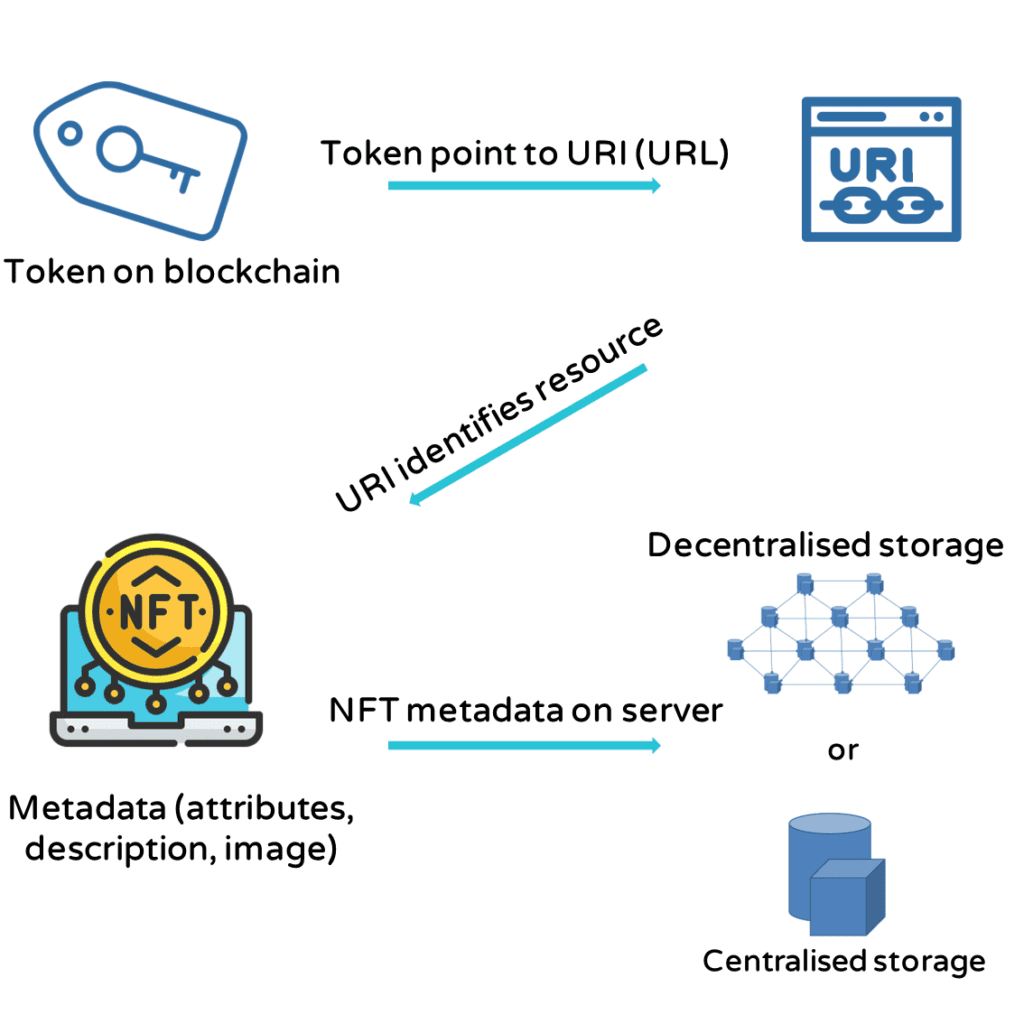What are NFTs?
An NFT is a unique digital asset on the blockchain that represents a digital or physical asset and the ownership of that asset. NFT enables for the first time in world history that all digital objects can be owned, traded, stored, verified and tracked.








